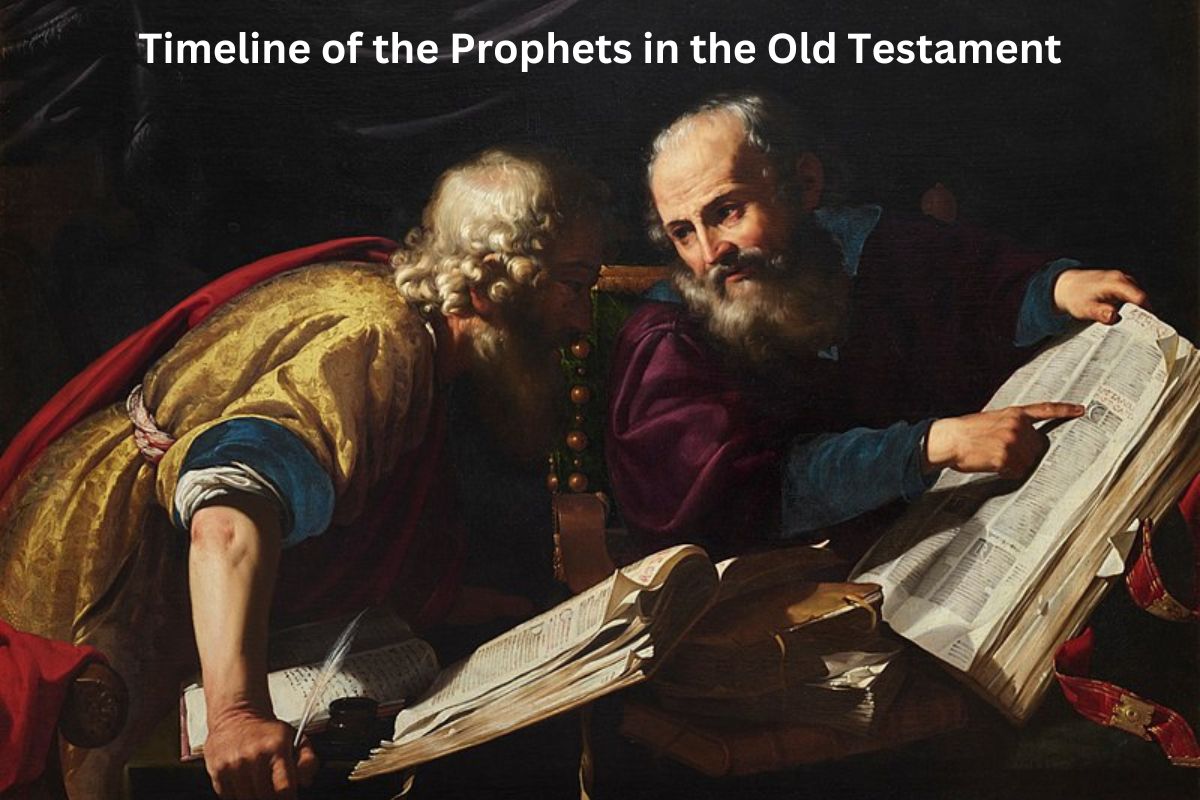The timeline of the Prophets in the Old Testament traces the lives and ministries of individuals chosen by God to convey His messages, warnings, and guidance to the people of ancient Israel.
These prophets played a pivotal role in shaping the spiritual and moral landscape of their time, addressing social issues, calling for repentance, and foretelling future events.
The timeline spans centuries and covers major figures like Moses, Isaiah, and Jeremiah, as well as lesser-known prophets, each contributing to the rich tapestry of biblical history and prophecy.
This chronology offers a glimpse into the diverse voices and messages that have left an indelible mark on the Abrahamic faith traditions.
| Prophet | Time Period (Approximate) | Key Messages and Contributions |
|---|---|---|
| Moses | c. 1391-1271 BC | Delivered Israel from Egypt, received the Ten Commandments. |
| Joshua | c. 1350-1240 BC | Conquest of Canaan. |
| Samuel | c. 1070-1010 BC | Anointed Saul and David as kings. |
| Elijah | c. 9th century BC | Confronted idolatry, performed miracles. |
| Elisha | c. 9th century BC | Successor to Elijah, performed miracles. |
| Isaiah | c. 8th century BC | Prophecies about the Messiah. |
| Jeremiah | c. 7th century BC | Warned of Judah’s impending destruction. |
| Ezekiel | c. 6th century BC | Received symbolic visions and prophecies. |
| Daniel | c. 6th century BC | Interpreted dreams and visions in Babylon and Persia. |
| Hosea | c. 8th century BC | Used marital metaphor to describe Israel’s unfaithfulness. |
| Joel | c. 9th-4th century BC | Prophecies about the “day of the Lord.” |
| Amos | c. 8th century BC | Prophesied against corruption and social injustices. |
| Obadiah | c. 6th century BC | Prophesied against the nation of Edom. |
| Jonah | c. 8th century BC | Sent to prophesy to Nineveh; known for his story in the whale. |
| Micah | c. 8th century BC | Prophesied against corruption and injustice, predicted Messiah’s birthplace. |
| Nahum | c. 7th century BC | Prophesied the destruction of Nineveh. |
| Habakkuk | c. 7th century BC | Questioned God about injustice, received prophetic answers. |
| Zephaniah | c. 7th century BC | Prophesied about the “day of the Lord.” |
| Haggai | c. 6th century BC | Encouraged the rebuilding of the Second Temple in Jerusalem. |
| Zechariah | c. 6th century BC | Prophesied about the restoration of Jerusalem and the Messiah. |
| Malachi | c. 5th century BC | Addressed issues of faithfulness and the coming of Elijah before the Messiah. |
Prophets in the Old Testament Timeline
Moses (c. 1391-1271 BC):
Moses is one of the most significant figures in the Bible. He was chosen by God to lead the Israelites out of slavery in Egypt, a journey known as the Exodus.
Moses received the Ten Commandments and other laws from God on Mount Sinai, which form the foundation of Mosaic Law.
Also Read: History of Christianity Timeline
He performed many miracles, including parting the Red Sea, bringing water from a rock, and providing manna from heaven during the Israelites’ wilderness wanderings.
Moses is revered as a great prophet and leader in Judaism, Christianity, and Islam.
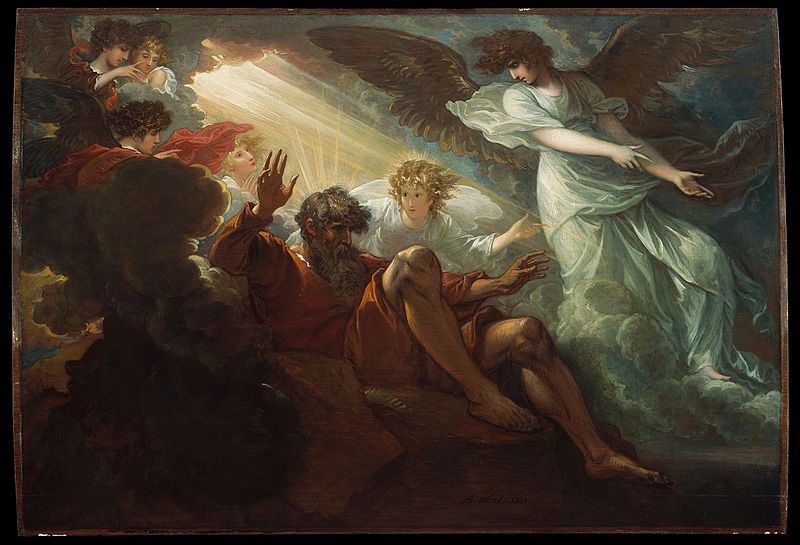
Joshua (c. 1350-1240 BC):
Joshua succeeded Moses as the leader of the Israelites and played a pivotal role in the conquest of the Promised Land, Canaan.
Under his leadership, the Israelites captured major cities such as Jericho and Ai.
Also Read: Timeline of the Catholic Church
Joshua is known for his faithfulness to God’s commands and for dividing the land among the twelve tribes of Israel.
Samuel (c. 1070-1010 BC):
Samuel was both a prophet and a judge in ancient Israel. He was born to Hannah, a woman who prayed for a child, and dedicated to God from a young age.
Samuel anointed Saul as the first king of Israel and later anointed David as the future king.
He served as a bridge between the period of the judges and the establishment of the monarchy, and he played a significant role in guiding Israel during this transition.
Elijah (c. 9th century BC):
Elijah was a powerful prophet during the reign of King Ahab of Israel. He is known for his unwavering dedication to God and his confrontations with idolatry.
One of his most famous feats was challenging the prophets of the god Baal on Mount Carmel and demonstrating the power of the God of Israel by calling down fire from heaven.
Elijah performed numerous miracles, including raising a widow’s son from the dead and being taken up to heaven in a whirlwind.
Elisha (c. 9th century BC):
Elisha succeeded Elijah as a prophet and continued his work. He is known for performing many miracles, often in response to the needs of the people.
Some of his notable miracles include multiplying a widow’s oil, healing Naaman of leprosy, and causing an axe head to float in water.
Elisha’s ministry was marked by a close relationship with God and a commitment to serving Him faithfully.
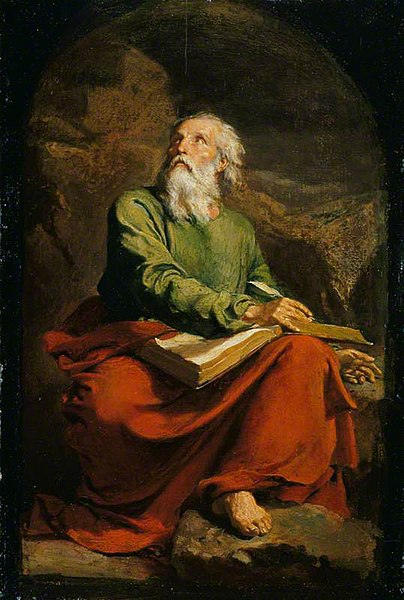
Isaiah (c. 8th century BC):
Isaiah is often considered one of the greatest prophets in the Old Testament. He lived during a tumultuous period in Israel’s history and prophesied primarily to the Southern Kingdom of Judah.
His prophecies cover a wide range of themes, including the coming Messiah, the future restoration of Israel, and calls for repentance and justice.
Isaiah’s famous prophecy of a “virgin giving birth” is often cited as a messianic prophecy, foretelling the birth of Jesus.
His writings are found in the Book of Isaiah and are highly influential in both Jewish and Christian traditions.
Jeremiah (c. 7th century BC):
Jeremiah was a prophet who lived during the final days of the Kingdom of Judah. He warned of the impending Babylonian invasion and the exile of the Jewish people.
Known as the “weeping prophet,” Jeremiah faced opposition and persecution for delivering messages of judgment and calls for repentance.
He is credited with writing the Book of Jeremiah, which includes his prophecies and the account of the fall of Jerusalem.
Ezekiel (c. 6th century BC):
Ezekiel was a priest and prophet who was among the Jewish exiles in Babylon. He received a series of powerful and symbolic visions from God.
His prophetic messages often emphasized the need for spiritual renewal and the coming restoration of Israel.
Ezekiel’s visions include the famous “dry bones” vision, where life is breathed into a valley of dry bones, symbolizing the restoration of Israel’s fortunes.
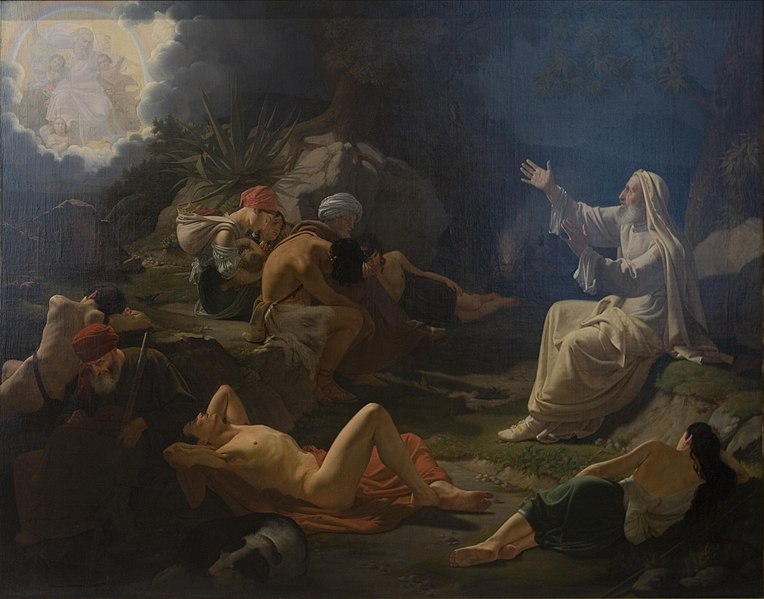
Daniel (c. 6th century BC):
Daniel was taken into captivity in Babylon during the exile of Judah. He served in the Babylonian and later Persian courts as an advisor and interpreter of dreams.
His story includes accounts of his unwavering faith, such as the refusal to worship idols and the survival in the lion’s den.
Also Read: Timeline of the Book of Daniel
Daniel’s prophetic visions, recorded in the Book of Daniel, include the interpretation of King Nebuchadnezzar’s dream of a statue and the vision of four beasts, which reveal future events and kingdoms.
Hosea (c. 8th century BC):
Hosea’s prophetic ministry focused on the Northern Kingdom of Israel. His life and marriage to a prostitute named Gomer were used as symbolic illustrations of God’s relationship with Israel.
He called the people to return to God and warned of the consequences of their spiritual unfaithfulness.
Hosea’s book contains themes of God’s love, mercy, and the call to genuine repentance.
Joel (c. 9th-4th century BC):
The dating of Joel’s prophetic ministry is uncertain, and it could span several centuries. His book, the Book of Joel, focuses on the theme of the “day of the Lord,” a time of divine judgment and restoration.
Joel prophesied about the locust plague that devastated Judah, using it as a metaphor for future events. He called upon the people to repent and return to God.
Amos (c. 8th century BC):
Amos was a shepherd and farmer called by God to prophesy to the Northern Kingdom of Israel during a period of prosperity and social injustice.
His prophecies denounced the wealthy elite for oppressing the poor and called for justice and righteousness. His book highlights the importance of social justice and moral integrity.
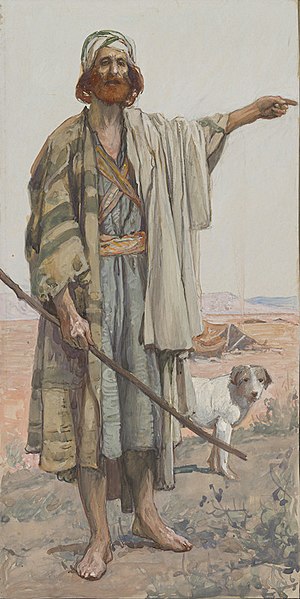
Obadiah (c. 6th century BC):
Obadiah’s book is the shortest in the Old Testament and contains a prophecy against the nation of Edom, which had mistreated the Israelites during times of distress.
His message emphasizes the consequences of pride and mistreatment of others.
Jonah (c. 8th century BC):
The story of Jonah is well-known for his attempt to flee from God’s call to prophesy to the city of Nineveh, the capital of Assyria.
After being swallowed by a great fish and miraculously surviving, Jonah eventually obeyed God’s command and delivered a message of repentance to the people of Nineveh, who responded by turning to God.
Micah (c. 8th century BC):
Micah prophesied during a time of social and moral decay in both the Northern and Southern Kingdoms of Israel. His prophecies addressed issues of corruption, idolatry, and injustice.
He predicted the birthplace of the Messiah in Bethlehem and emphasized the importance of doing justice, loving kindness, and walking humbly with God.
Nahum (c. 7th century BC):
Nahum’s book contains a prophecy regarding the city of Nineveh, which had repented after Jonah’s message but later returned to its wickedness.
Nahum prophesied the downfall and destruction of Nineveh as a manifestation of God’s justice and retribution.
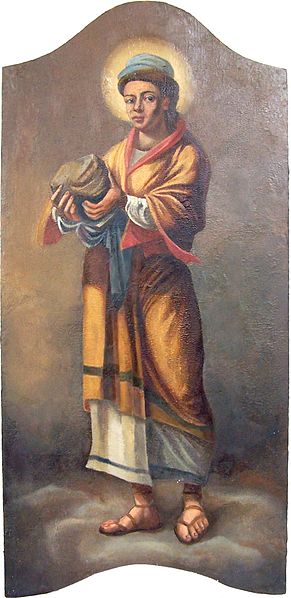
Habakkuk (c. 7th century BC):
Habakkuk’s book is a unique dialogue between the prophet and God. Habakkuk questioned God about the apparent injustice and violence in Judah and the impending Babylonian invasion.
God’s responses emphasized faith, trust, and the ultimate fulfillment of His justice.
Zephaniah (c. 7th century BC):
Zephaniah prophesied during the reign of King Josiah of Judah. His message included both warnings of God’s judgment and promises of restoration.
He emphasized the “day of the Lord” as a time of reckoning when God would judge the nations and purify His people.
Haggai (c. 6th century BC):
Haggai’s prophetic ministry focused on encouraging the Jewish exiles who had returned from Babylon to rebuild the Second Temple in Jerusalem.
He challenged the people to prioritize the reconstruction of the temple and promised God’s blessings upon their obedience.
Zechariah (c. 6th century BC):
Zechariah was a contemporary of Haggai and also encouraged the rebuilding of the Second Temple.
His prophecies contained visions of restoration and the coming Messiah, emphasizing the role of the high priest Joshua as a symbol of the future Branch (a messianic figure).
Malachi (c. 5th century BC):
Malachi is the final book of the Old Testament and prophesied during a time when the returned exiles had become spiritually apathetic and unfaithful.
His messages focused on issues of faithfulness to God, including priests neglecting their duties and marital unfaithfulness.
Malachi’s book concludes with a promise of the coming of Elijah before the “great and dreadful day of the Lord,” which is seen as a messianic reference.
